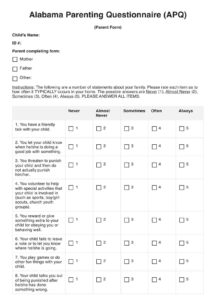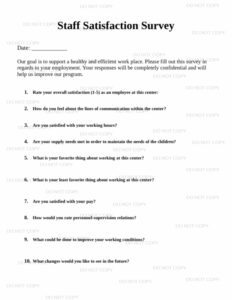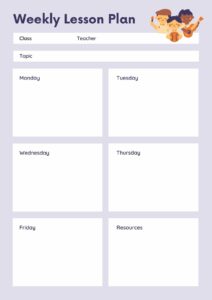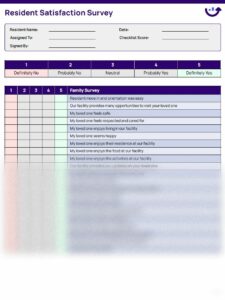As an early childhood professional, you are committed to providing the best possible care and education for young children. Part of that commitment includes ongoing professional development to stay up-to-date on best practices and improve your skills.
An early childhood program professional development plan template can help you create a roadmap for your professional growth. A well-crafted plan will identify your areas of need, set goals for improvement, and outline the steps you will take to achieve those goals.
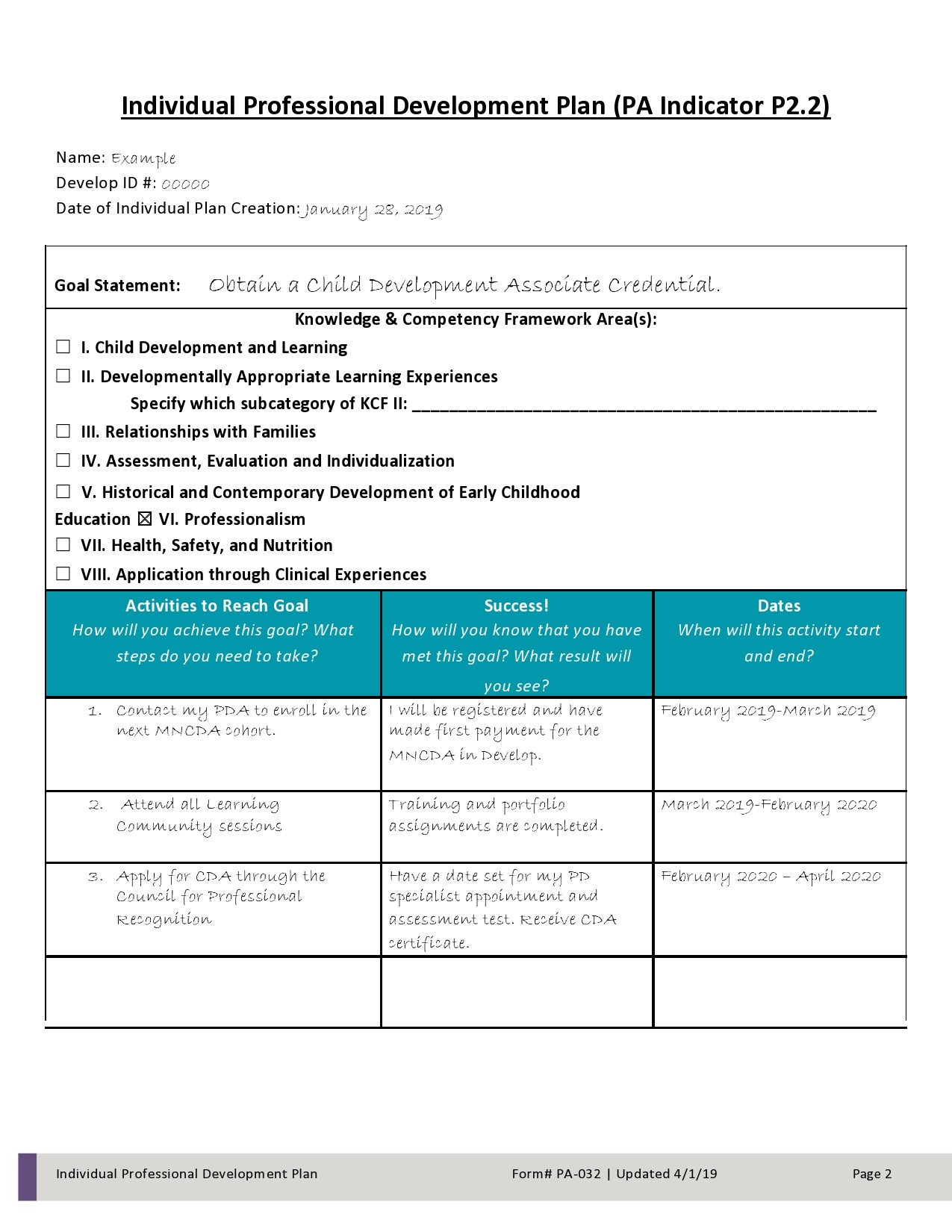
What to Include in Your Plan
Your early childhood program professional development plan should include the following elements:
- Identification of areas of need: Start by identifying the areas where you need to improve your skills and knowledge. Consider your current job responsibilities, your career goals, and the needs of the children in your care.
- Goals for improvement: Once you have identified your areas of need, set specific goals for improvement. Your goals should be SMART (specific, measurable, achievable, relevant, and time-bound).
- Steps to achieve your goals: Outline the steps you will take to achieve your goals. These steps may include attending workshops, taking courses, reading professional literature, or seeking mentorship from a more experienced colleague.
- Timeline for achieving your goals: Set a realistic timeline for achieving your goals. This will help you stay motivated and on track.
- Evaluation plan: Develop a plan for evaluating your progress towards your goals. This may involve collecting data on your performance, soliciting feedback from colleagues, or reflecting on your own experiences.
Benefits of Using a Plan
There are many benefits to using an early childhood program professional development plan template, including:
- Improved job performance: By identifying your areas of need and setting goals for improvement, you can improve your job performance and the quality of care you provide to children.
- Increased job satisfaction: When you are constantly learning and growing, you are more likely to be satisfied with your job.
- Enhanced career opportunities: A strong professional development plan can help you advance your career and achieve your long-term goals.
- Improved program quality: By investing in your professional development, you can improve the quality of your early childhood program.
- Increased funding opportunities: Many funding sources require early childhood programs to have a professional development plan in place.
Conclusion
An early childhood program professional development plan template can help you create a roadmap for your professional growth. By following the steps outlined in this template, you can identify your areas of need, set goals for improvement, and outline the steps you will take to achieve those goals. A well-crafted plan will help you improve your job performance, increase your job satisfaction, and enhance your career opportunities.
Professional development is an essential part of any early childhood professional’s career. By taking the time to invest in your own growth, you can ensure that you are providing the best possible care and education for young children.
